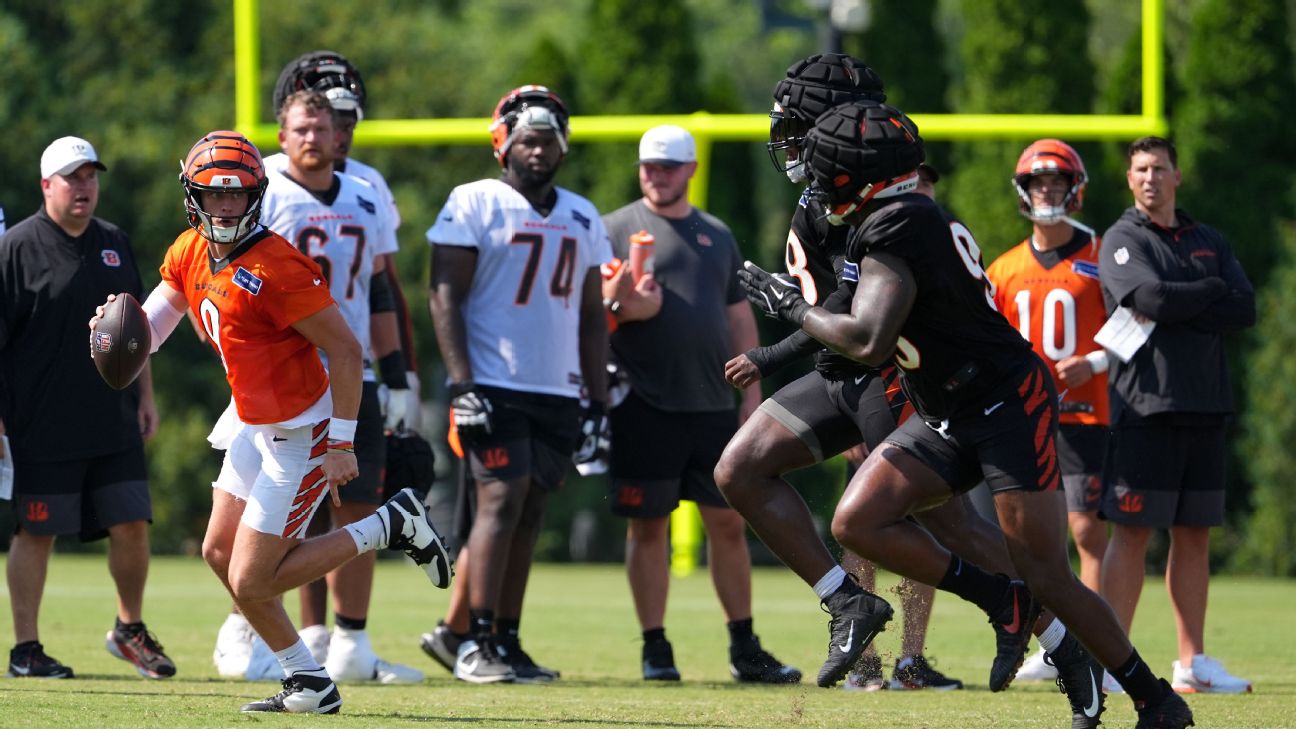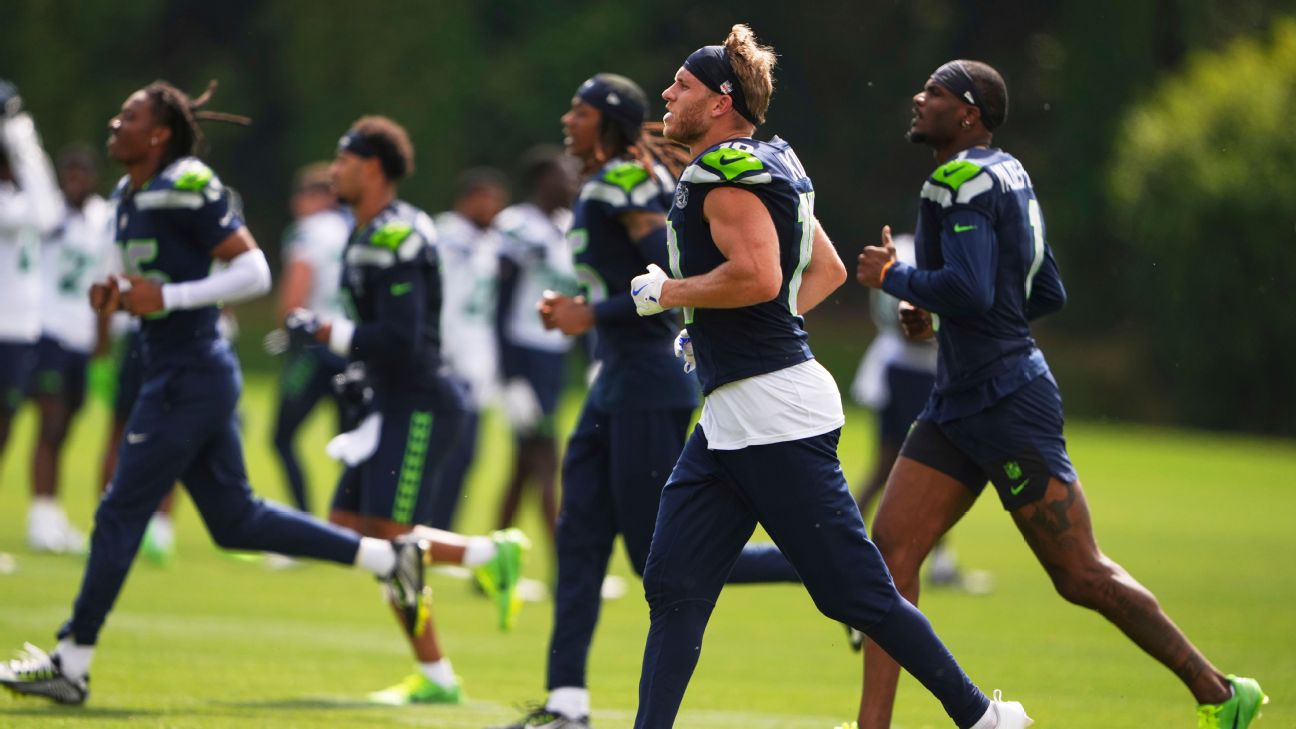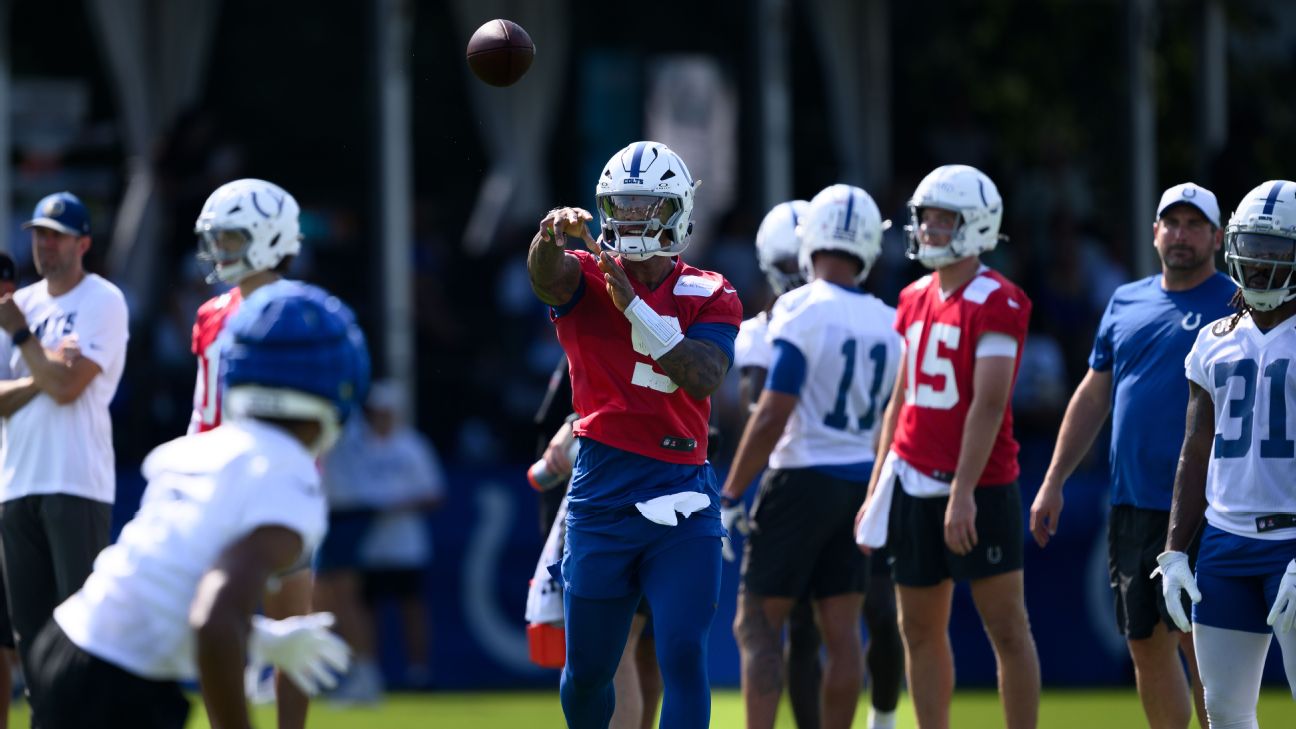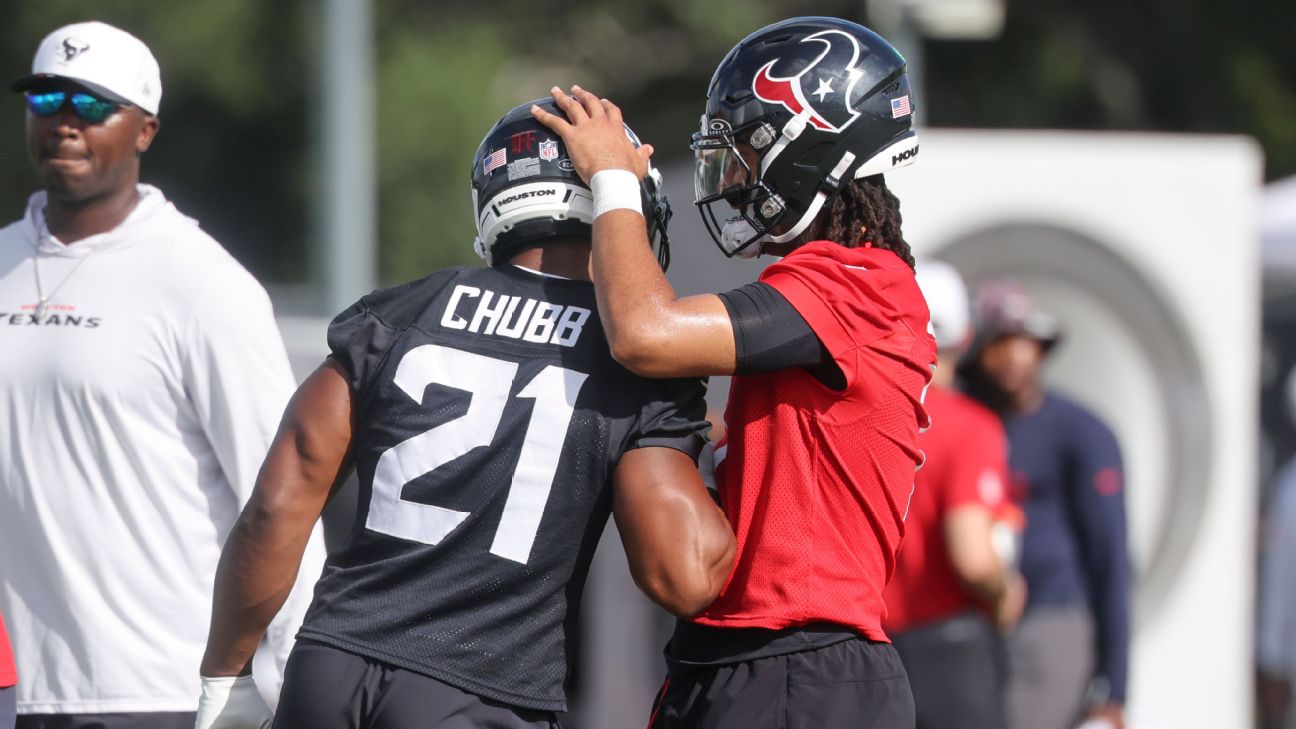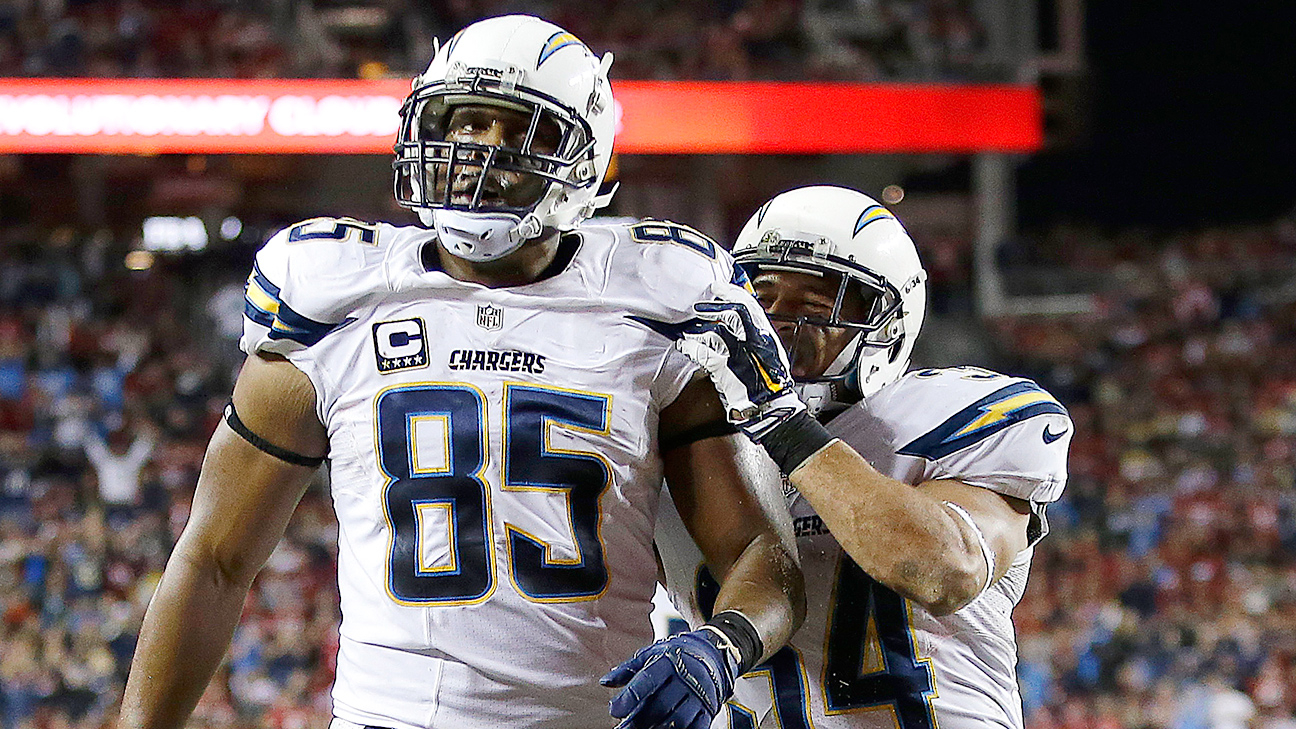Aaron Rodgers' Transition to the Steelers: A Clash of Styles and Strategies
Aaron Rodgers joins the Pittsburgh Steelers, but his playing style may not align with the team's offensive strategies under Mike Tomlin and Arthur Smith.

Aaron Rodgers' Transition to the Steelers: A Clash of Styles and Strategies
As Aaron Rodgers makes his move to the Pittsburgh Steelers, the excitement is palpable, but questions loom about how his playing style will mesh with the team's established offensive strategies under head coach Mike Tomlin and offensive coordinator Arthur Smith.
The Steelers' Offensive Philosophy
Mike Tomlin has long emphasized a run-first approach, a philosophy that was further cemented with the hiring of Arthur Smith. Smith, known for his ability to craft top-five rushing offenses, brings a different dynamic to the Steelers' playbook. However, Rodgers, who attempted the second-most passes in the NFL last season, is more accustomed to a pass-heavy strategy.
Rodgers' Performance Metrics
Last season, Rodgers averaged 6.6 air yards per attempt, ranking 32nd out of 36 qualified quarterbacks. This conservative approach contrasts sharply with the Steelers' recent acquisition of premier deep threat DK Metcalf, signaling a potential mismatch in offensive execution.
Historical Context and Future Prospects
Rodgers, a four-time NFL MVP and Super Bowl champion, brings a wealth of experience and a proven track record. However, his recent performance has seen a decline, with QBR rankings of 26th and 25th in his last two seasons as a starter. The Steelers are banking on Rodgers' ability to adapt and lead the team to success, despite these challenges.
Conclusion
The Steelers' decision to bring in Aaron Rodgers is a bold move that could redefine their offensive identity. Whether Rodgers can align his playing style with the team's strategies remains to be seen, but the potential for a dynamic and successful season is undeniable.














